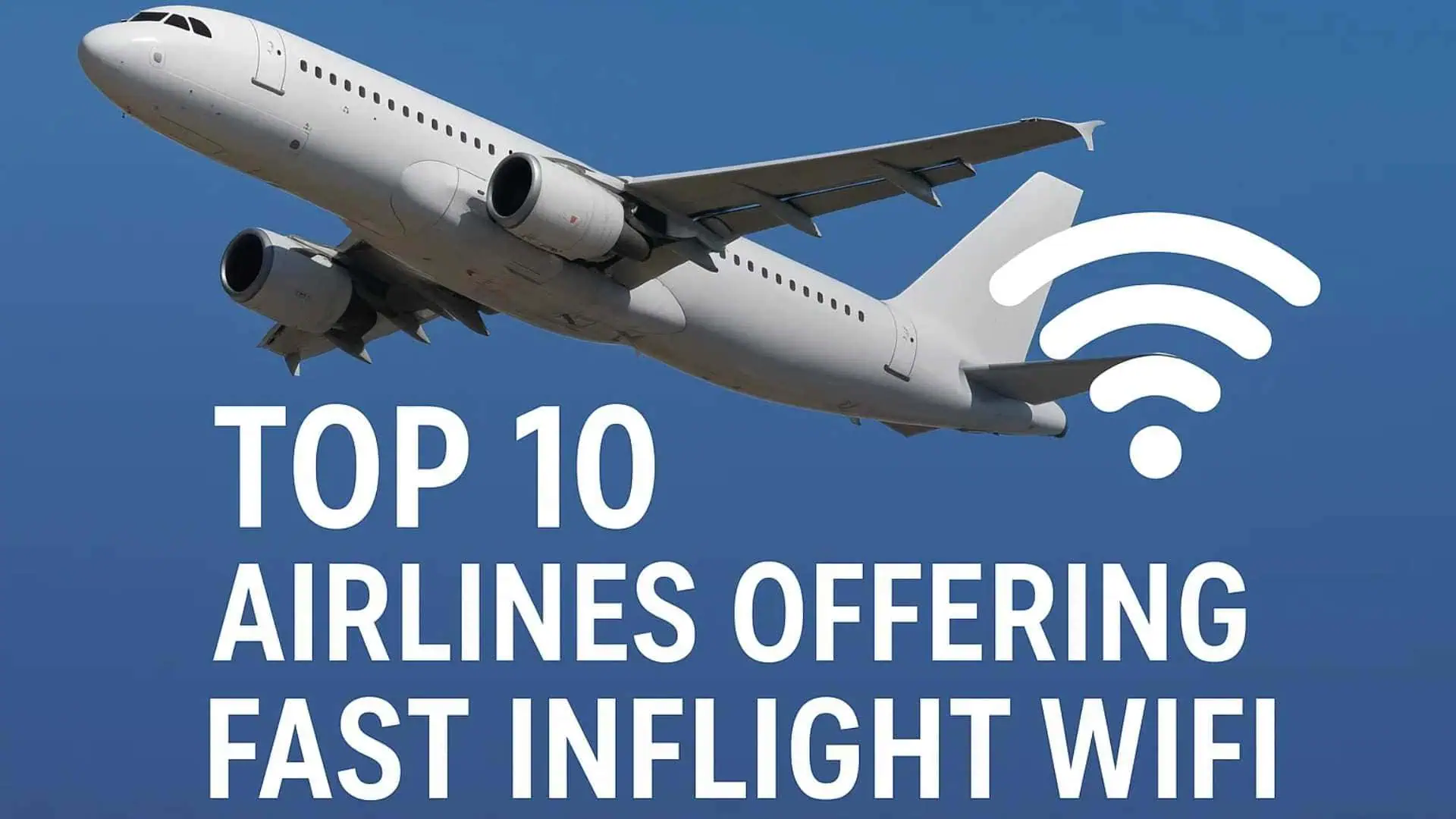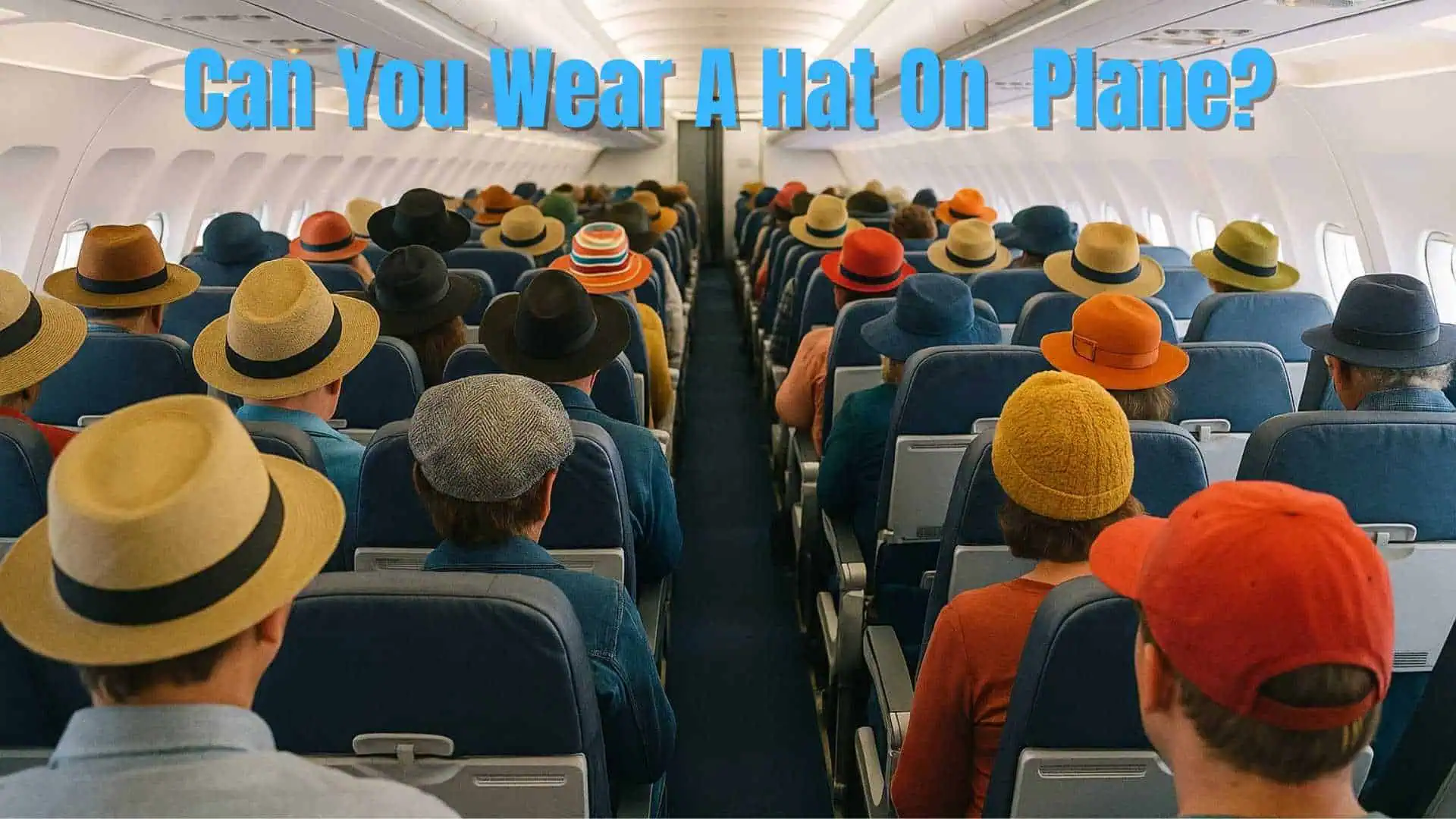Traveling by air often means dealing with rules about what you can bring on the plane. One of the most well-known is the 100ml liquid rule. This rule limits the amount of liquids, gels, and aerosols you can pack in your carry-on bag.
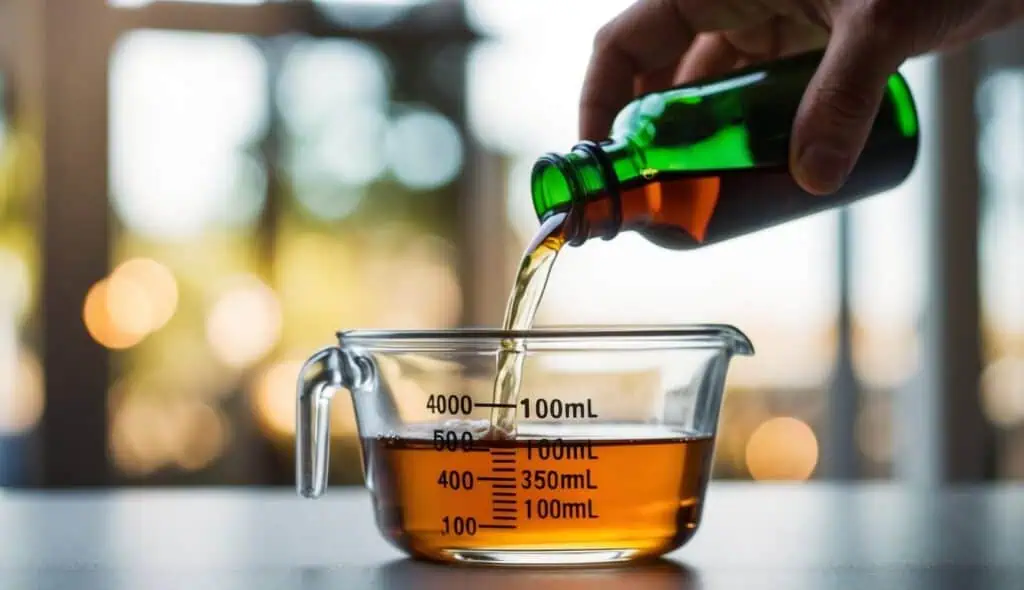
You can bring liquids in containers of 100ml or less, and they must fit in a clear, resealable 1-liter plastic bag. This rule applies to items like shampoo, toothpaste, and perfume. But don’t worry – there are ways to work around this rule and still bring what you need.
Some people are exempt from the 100ml rule. If you have a baby, you can bring more liquids for their needs. People with health issues can also bring extra liquids if needed. It’s a good idea to tell security staff about these items before your bag goes through the scanner. There are also solid alternatives for many liquid products that don’t count towards the limit.
Contents
Understanding the 100ml Rule
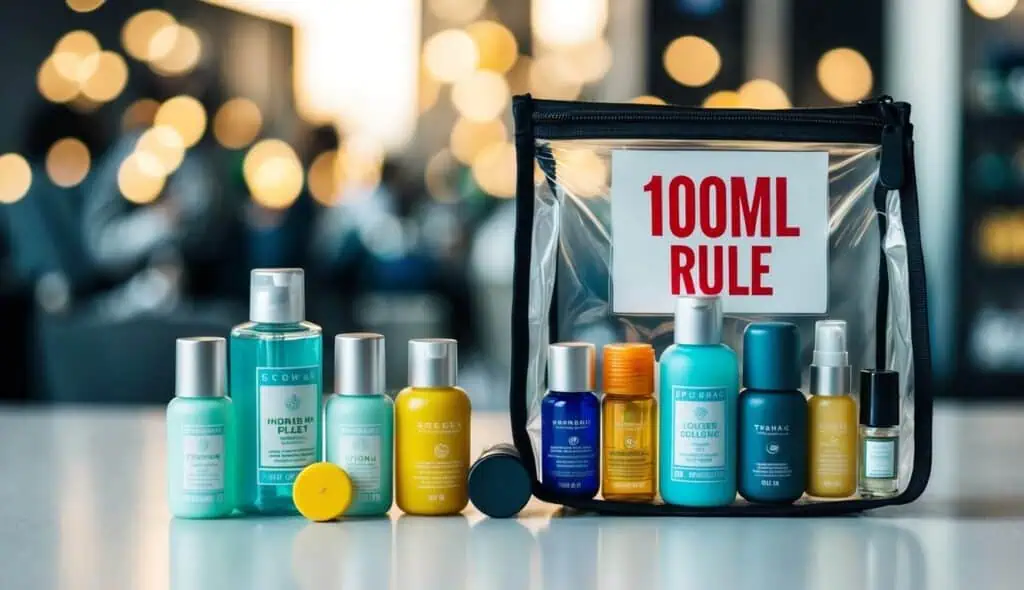
The 100ml rule limits the amount of liquids you can bring in your carry-on luggage when flying. It affects how you pack toiletries, drinks, and other liquid items. The rule aims to improve aviation security while allowing passengers to bring essential items.
History and Rationale
The 100ml rule started in 2006 after a foiled terrorist plot. Authorities uncovered plans to use liquid explosives on planes. This led to quick changes in airport security. The rule limits each liquid container to 100ml or less. You must put these containers in a clear, resealable plastic bag.
The size limit makes it harder to bring dangerous liquids on planes. It also helps security staff check liquids faster. While some see it as inconvenient, the rule has become a standard part of air travel security.
Global Aviation Security Measures
The 100ml rule is part of wider efforts to keep air travel safe. Many countries use this rule or similar ones. The International Civil Aviation Organization (ICAO) supports these measures. They help create a consistent approach to security worldwide.
Some key points of the global measures:
- All liquids must be in containers of 100ml or less
- Containers must fit in a clear, 1-liter plastic bag
- Each passenger can bring one bag of liquids
- Some items like baby food have exceptions
These rules apply in most airports around the world. They make security checks more efficient and help keep air travel safe for everyone.
Legal Exceptions to the 100ml Rule
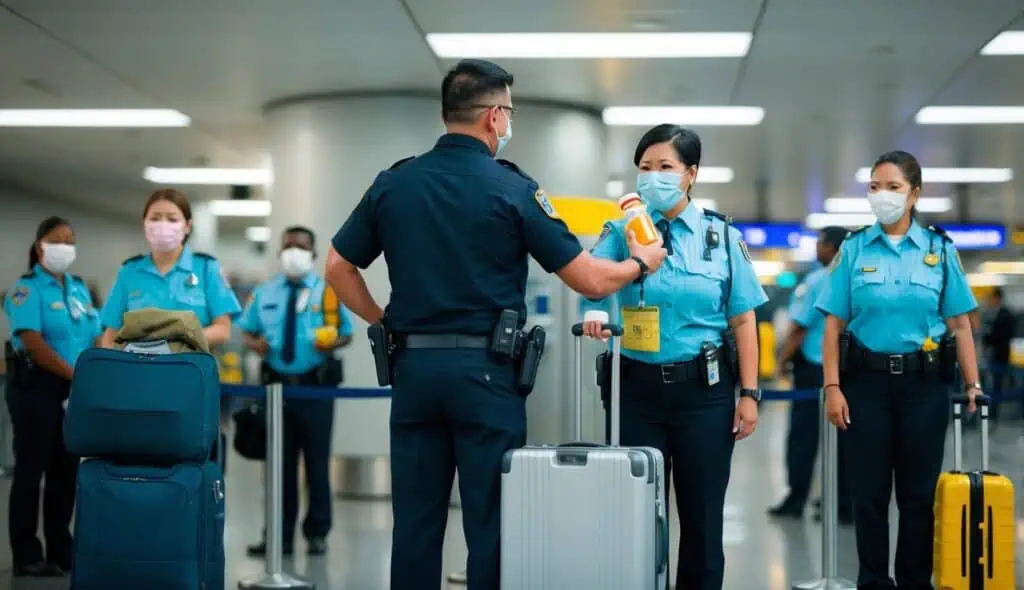
The 100ml rule has some important exceptions that travelers should know about. These allow you to bring certain liquids over 100ml in your carry-on luggage.
Medications and Special Dietary Requirements
You can bring medications and special dietary liquids over 100ml in your carry-on. This includes prescription medicines, baby food, and breast milk. You’ll need to show these items separately at security.
For medications, bring your prescription or a doctor’s note. Security may ask to test the liquids. Baby food and milk are allowed in “reasonable quantities” for your journey.
Special dietary liquids like diabetic supplies are also allowed. Tell security about these items before screening starts.
Duty-Free Liquids
Duty-free liquids over 100ml are allowed in your carry-on with some rules. You must buy them at the airport or on the plane on the day of travel. Keep them in the sealed, tamper-evident bag from the store.
You can’t open the bag before going through security at connecting airports. Some countries may have different rules, so check before your trip.
Duty-free liquids must be packed with your receipt showing the date and place of purchase. Security might refuse items if the bag looks tampered with.
Alternative Solutions for Liquid Transport
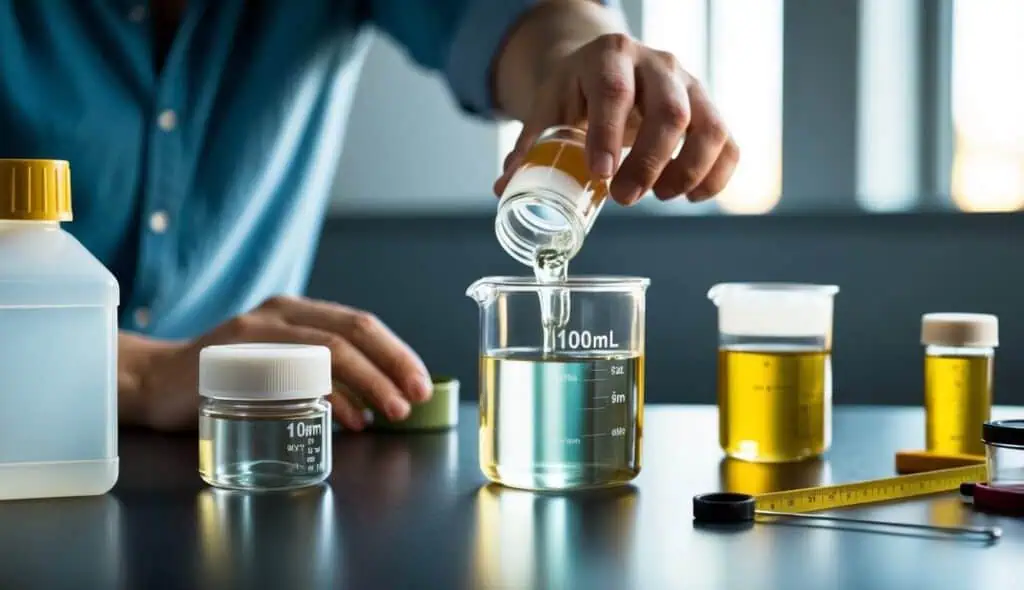
There are clever ways to get around the 100ml liquid rule when traveling. You can use solid products or special packaging to bring your essentials without breaking airline regulations.
Solid Alternatives to Common Liquids
Look for solid versions of toiletries to avoid liquid limits. Shampoo and conditioner bars work just like bottled versions but count as solids. Toothpaste tablets let you brush without a tube. Stick deodorants and solid perfumes are great swaps too.
Moisturizing lotion bars keep skin soft without liquid. Sunscreen sticks protect you from UV rays. Solid soap beats liquid body wash. Face wash comes in bar form now. Even insect repellent is available as a balm.
These solid options work well and take up less space in your bag. They won’t spill or leak either.
Innovative Packaging Options
Some brands make travel-sized products in special packaging. Toothpaste dots come in tiny single-use packets. Makeup wipes and facial cleansing pads are pre-moistened but not liquid.
Powder forms of shampoo, face wash, and body wash mix with water when you use them. Compressed towels expand when wet. Single-use shampoo sheets dissolve in the shower.
Look for products in blister packs or foil sachets. These often pass security checks. You can also buy refillable silicone tubes to portion out your own liquids. Just make sure they’re 100ml or less.
Technological Advancements in Security Screening
New technologies are changing airport security. These advances aim to make screening faster and more effective while improving the passenger experience.
Next-Generation Scanners
CT scanners are revolutionizing airport security. These machines create detailed 3D images of bag contents. This allows security staff to inspect items without removing them.
You may soon keep liquids and electronics in your carry-on. Some airports already use these scanners. The UK plans to install them widely by June 2024.
CT technology can detect explosives more accurately. It may eventually end liquid restrictions altogether. This could speed up security lines considerably.
Biometric Verification Systems
Biometric systems use unique physical traits to verify your identity. Common methods include:
- Facial recognition
- Fingerprint scans
- Iris scans
These technologies can make security checks faster and more secure. You might use them to check in, drop bags, or board your flight.
Many airports now offer biometric options. As the technology improves, it may replace traditional ID checks. This could reduce wait times and boost security.
Biometrics raise privacy concerns for some travelers. But they’re becoming more common in airports worldwide.
Impact on Passengers and Airline Operations
The 100ml liquid rule affects both travelers and airlines. It changes how people pack and increases security wait times. Airlines face operational challenges due to these restrictions.
Traveler Compliance and Behavior
You need to plan ahead when packing liquids for air travel. Put items like shampoo, lotion, and drinks in containers of 100ml or less. Place these in a clear, resealable plastic bag. This bag must be no larger than 1 liter.
You may need to buy travel-sized products or transfer liquids to smaller bottles. Some travelers choose to buy toiletries after landing instead. This can be more expensive and inconvenient.
At security checkpoints, you must remove the liquid bag from your carry-on. This slows down the screening process. It can cause stress if you forget about a large liquid item in your bag.
Operational Efficiency for Airlines
Airlines face challenges due to the 100ml rule. They must train staff to enforce these rules at check-in and boarding. This takes time and resources.
Dealing with non-compliant passengers can delay flights. Airlines may need to remove oversized liquids from bags. This can cause arguments and slow down boarding.
Some airlines offer pre-purchase options for duty-free liquids. These are delivered to you at the gate or on the plane. This service helps airlines avoid issues with the 100ml rule.
The rule also affects in-flight services. Airlines must ensure all liquids served comply with regulations. This includes drinks, sauces, and other liquid items.
Government and Regulatory Perspectives
Governments and regulatory bodies play a key role in shaping airport security policies. Their decisions impact how the 100ml rule is applied and what alternatives are considered.
Policy Adaptations and Amendments
The UK government set a June 2024 deadline for airports to install 3D baggage screening equipment. This new tech aims to end the 100ml liquid rule. Some EU airports had already scrapped the limit, but had to bring it back due to technical issues.
The TSA in the US is still “years away” from getting rid of the 100ml rule. They’re working on similar screening tech to detect explosives in liquids and electronics.
These changes show how policies can shift based on new tech and security needs. You’ll likely see more updates as governments test and roll out new systems.
Inter-agency Collaboration
Airports, government agencies, and security firms work together to update liquid rules. The Airport Operators Association (AOA) criticized the sudden return of 100ml limits in some places. This shows the need for better communication between groups.
Agencies share info on threats and screening methods. This teamwork helps create consistent rules across countries. You might notice similar liquid policies when traveling to different nations.
As security tech improves, you can expect more joint efforts to smooth out rule changes. This could lead to a more uniform travel experience in the future.
Frequently Asked Questions
Many travelers have questions about carrying liquids on planes. Here are some common queries about the rules and exceptions.
What are the permitted liquid exceptions for carrying onto airplanes?
You can bring larger amounts of some liquids on planes. These include baby formula, breast milk, and medications. You must tell security about these items before screening.
Are there any quantity limits for liquids in checked luggage on international flights?
There are no limits for liquids in checked bags on most flights. You can pack full-size toiletries and other liquids. Some countries have rules about bringing in alcohol or other items.
How does the 3-1-1 rule apply to passengers’ carry-on toiletries?
The 3-1-1 rule means you can bring a 1-quart clear plastic bag of liquids. Each container inside must be 3.4 ounces (100 ml) or less. This applies to items like shampoo, toothpaste, and lotions.
Does the TSA have specific regulations for carrying toothpaste on a plane?
Toothpaste counts as a liquid under TSA rules. You can bring a travel-size tube (3.4 ounces or less) in your carry-on bag. Larger tubes must go in checked luggage.
Is it necessary to place toiletries in a plastic bag as per recent airport security rules?
Yes, you need to put your carry-on liquids in a clear, quart-sized plastic bag. This helps security officers check them quickly. Take the bag out of your luggage for screening.
Can partially full bottles larger than 3.4 ounces be carried in hand luggage?
No, you can’t bring partly full bottles over 3.4 ounces in carry-on bags. The container size matters, not how much is inside. Put larger bottles in your checked luggage instead.
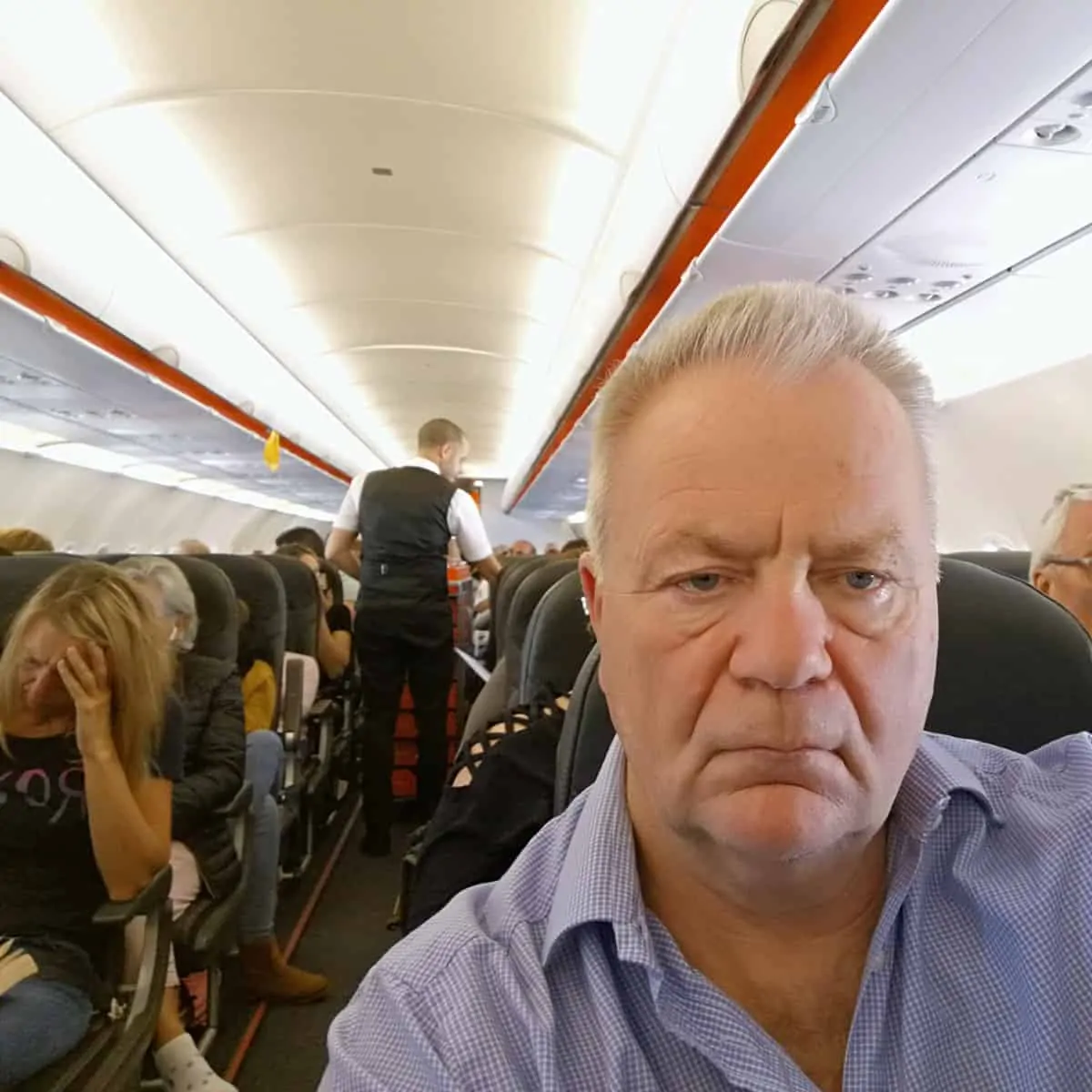
I have been traveling around the world by air since the early 70s and living overseas too. I worked for British Airways for a number of years and I am also a private pilot. About Me
